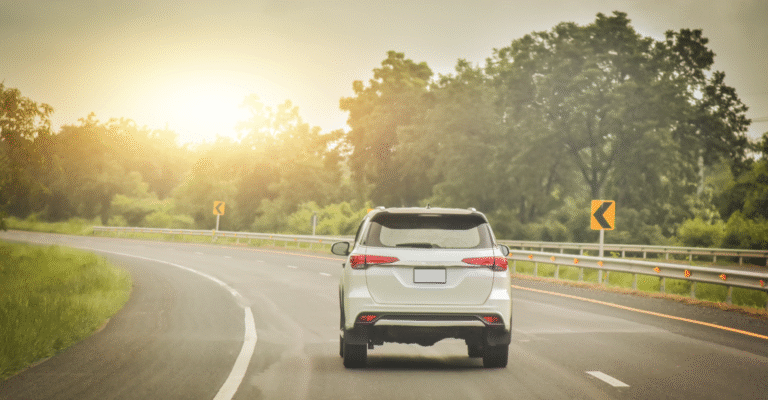Australia is introducing a range of road safety changes from 1 July 2025, with stricter penalties and new rules rolling out across several states and territories. These changes come in response to rising road fatalities — with the national road toll now at its highest point in 15 years.
From increased fines for mobile phone use to new speed limits in high-risk areas, the updates are aimed at improving safety for all road users. Here’s a breakdown of what’s changing and how it may affect your everyday drive.
While each state and territory sets its own road rules, several national themes are emerging:
Using a mobile phone behind the wheel — including while stationary at traffic lights — continues to attract severe penalties. From 1 July, fines have increased in multiple states, with some jurisdictions now issuing penalties as high as $1,250, along with demerit points.
This includes not only mobile phones but also smartwatches, tablets, and other electronic devices that can distract drivers.
More roads across Australia are being reduced to 40 km/h or even 30 km/h, especially in:
Pedestrian-heavy areas
Tourist precincts
Regional and coastal routes
In some states, average speed cameras — previously used only for heavy vehicles — will now apply to light vehicles including cars and motorcycles.
Authorities are also cracking down on seatbelt offences. Fines and demerit points are being increased in several jurisdictions, with more attention on rear passenger compliance and proper use of child restraints.

All road-related penalties have increased by 3.2%, in line with CPI.
Illegal mobile phone use now attracts a $423 fine and 5 demerit points (or $561 in school zones).
Failure to maintain proper control of a vehicle — such as driving while distracted — now carries a fine of $562.
Average speed cameras will now apply to cars and motorcycles, in addition to heavy vehicles.
Ticketless parking fines have been eliminated. From 1 July, all parking fines must include a printed notice placed on the vehicle at the time of the offence.
Road Rule 79A has been expanded. Drivers must now slow to 40 km/h when passing stationary roadside assistance, tow trucks, and incident response vehicles with flashing lights — on any road type.
Fines range from $346 to $961, although no demerit points apply.
A 30 km/h speed limit trial is now underway on Chapel Street, Melbourne, and will run for 18 months.
Fines and vehicle registration fees have increased by 3.4%.
Illegal mobile phone use now carries Australia’s highest penalty of $1,250.
Several tourist zones, including the Hervey Bay Esplanade, will see speed limits reduced from 50 km/h to 40 km/h.
Fines for seatbelt and speeding offences are also increasing.
More than 1,800 regional roads have had their speed limits reduced. Many areas have changed from 100 km/h to 70 km/h, and some urban streets have dropped from 70 km/h to 60 km/h.
In high pedestrian zones such as the Augusta town centre, a new 40 km/h limit now applies.
Extreme speeding fines have increased to $1,600, up from $1,200.
Online registration for off-road motorcycles is now available, streamlining the previous in-person process.
Drivers must now slow to 25 km/h when passing stationary emergency or breakdown vehicles displaying flashing lights — but only on multi-lane roads, and only when travelling in the same direction.
This rule does not apply if the emergency vehicle is on the opposite side of a divided road.
Failure to comply may result in a fine of up to $1,648 and 7 demerit points.
Whether you’re looking to maximise tax savings, simplify your car expenses, or switch to an EV, Prosperity Smart Drive can help you find the right novated lease solution.